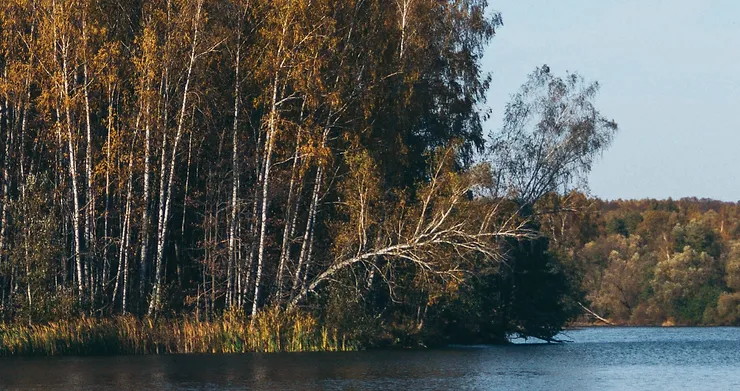
What are top heavy trees?
Top heavy trees are trees where the top portion of the tree is disproportionately heavier than the lower part. The tree has a greater weight in the upper parts than the lower parts.
What causes a tree to be top heavy?
One cause for a tree to be top heavy is "windthrow," where strong winds exert force on the trunk and roots, causing the tree to uproot. This can happen when the top part of the tree is too heavy for the root system to support, leading to instability. Another cause for top heavy trees is improper pruning, such as tree topping. Tree topping is where the upper branches are cut back extensively, it can lead to rapid regrowth in the upper portion.
Where are top heavy trees located?
Top heavy trees can be found in various locations, but they are commonly associated with forests or wooded areas where trees are allowed to grow to their full height without interference. Northern and central Mississippi are common locations for top heavy trees. It's important to note that top heavy trees can be found less wooded areas, like an open yard or neighborhoods.
What trees are prone to being top heavy?
Evergreen trees and Long-Leaf Pine trees are prone to being top-heavy, due to their heavy canopy. While these species may have the potential to exhibit top-heavy characteristics, it is important to assess each individual tree and consider other factors such as environmental conditions, pruning practices, and overall tree health.
What are the risks of having a top heavy tree?
What do I do about my top heavy tree?